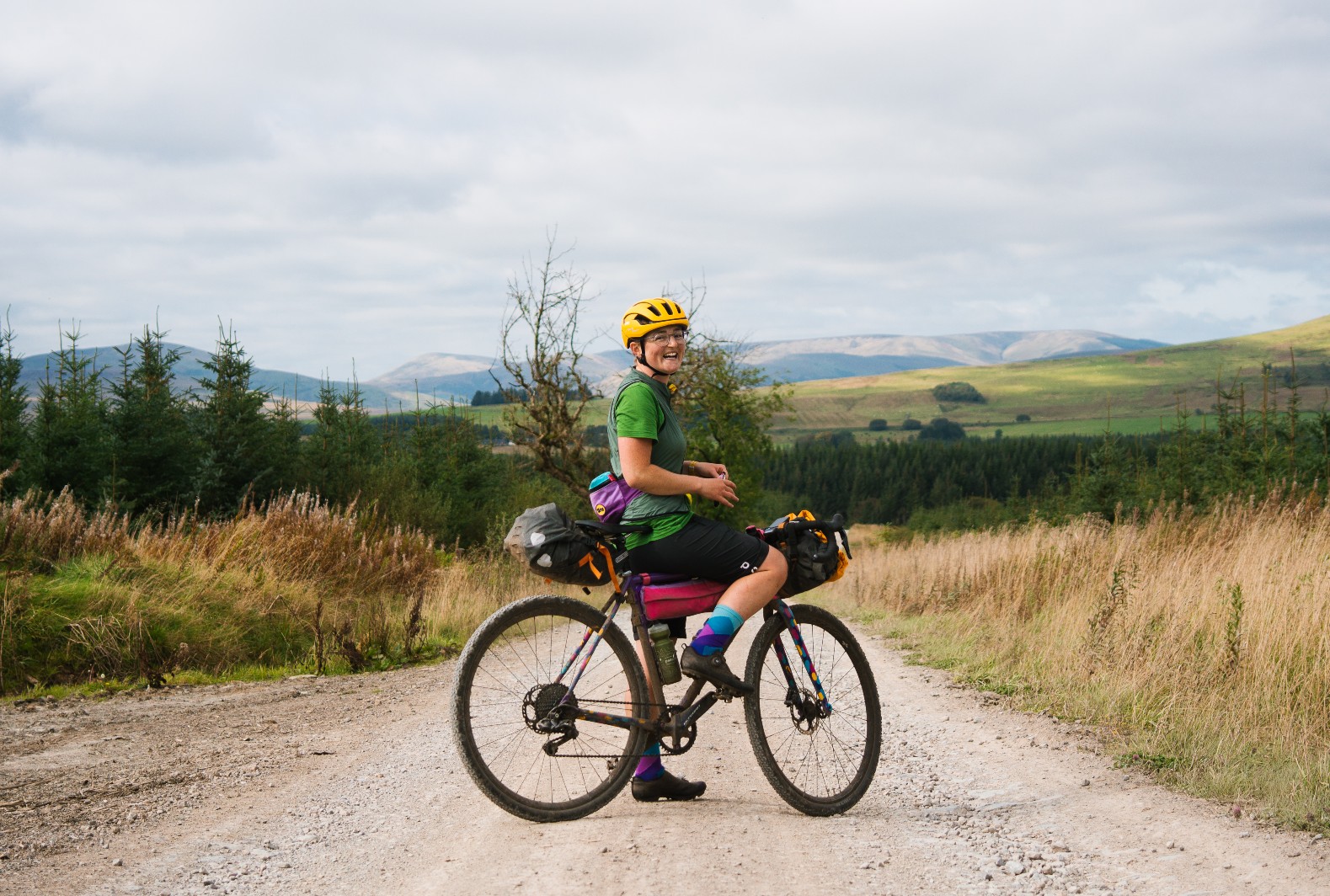Cycling is at a crossroads. Prescribed by doctors as a key part of the UK’s obesity strategy, and providing a safe means of transport in the midst of a global pandemic that renders public transport as a risk, there’s never been a better time to get on a bike. At the same time, the Black Lives Matter movement has sparked a step-change in the way society – and, indeed, sports – regards the importance of diversity and inclusion, and not just in relation to race and ethnicity.
Current data on diversity within cycling isn’t encouraging, both at a local level and at an elite sporting level. On the flip side, evidence only continues to mount as to how important regular exercise, such as cycling, is to everyone.
Cycling also offers a potential solution to the challenges presented by urban transport and climate change, despite it becoming increasingly evident how important regular exercise such as cycling is for all.
Here, we delve into the statistics that reveal the current state of diversity in cycling, consider the importance of diversity, inclusion and representation in sport, look at the work of new and emerging cycling communities, and highlight the positive action being taken by members of the cycling industry to promote change.
What do we mean by diversity?
When discussing a group of individuals, diversity is a measure of the differences between them, including race, ethnicity, socio-economic status, gender, sexuality, religious beliefs, age, (dis)ability, physical appearance, and background and life experience.
While we’re on definitions, let’s also consider inclusion. Inclusion reflects the degree to which individuals are both respected and have the right to participate within their community, regardless of the differences described.
How diverse is cycling?
In short, not very. Most data shows a lack of representation in cycling from non-White communities, differences between men and women, and a stark difference between socio-economic groups.
“Diversity within cycling in the UK, actually within the sport and at large, isn’t great. When you start to dig into the stats, there’s not a lot out there,” says James Scott, Cycling UK’s director of behaviour change and development.
A recent collaboration between UK cycling charity Sustrans and ARUP, a global engineering and design consultancy, highlighted the demand for cycling among ethnic minority and disadvantaged groups.
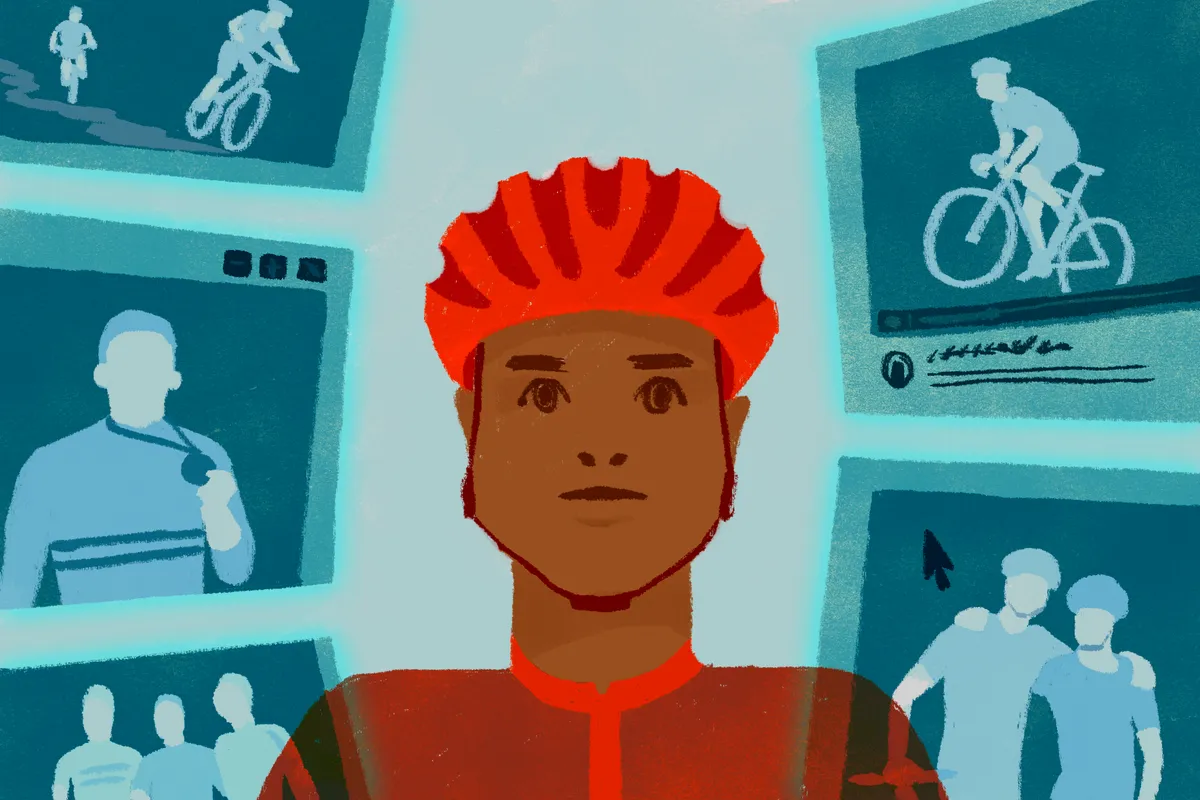
The report warns that the needs of many marginalised groups have been ignored, with 74 per cent of people in urban ethnic minority groups currently not cycling, despite 55 per cent of people in these groups stating that they would like to start (compared to 37 per cent of White people).
Besides the cost barrier of getting a bike, which reportedly stops 20 per cent of people from ethnic minority groups from cycling, other factors include a lack of confidence in skills and a lack of facilities – including safe storage or changing rooms at home and work – stopping 33 per cent and 25 per cent of people in these groups from riding respectively.

Sustrans' Cycling For Everyone report also says 31 per cent of disabled people who do not cycle would like to start and cites infrastructure, road safety, cost and attitudinal challenges as key barriers of entry to cycling.
At an industry level, and compared to the snow, run and general outdoor categories, the bike industry is the most discriminatory of active outdoor industries in terms of gender-based exclusion (Camber Outdoors Workplace Report, 2017).
Figures from the Department for Transport (2018) also show that men make more than twice as many cycling trips as women each year and ride nearly four times further.
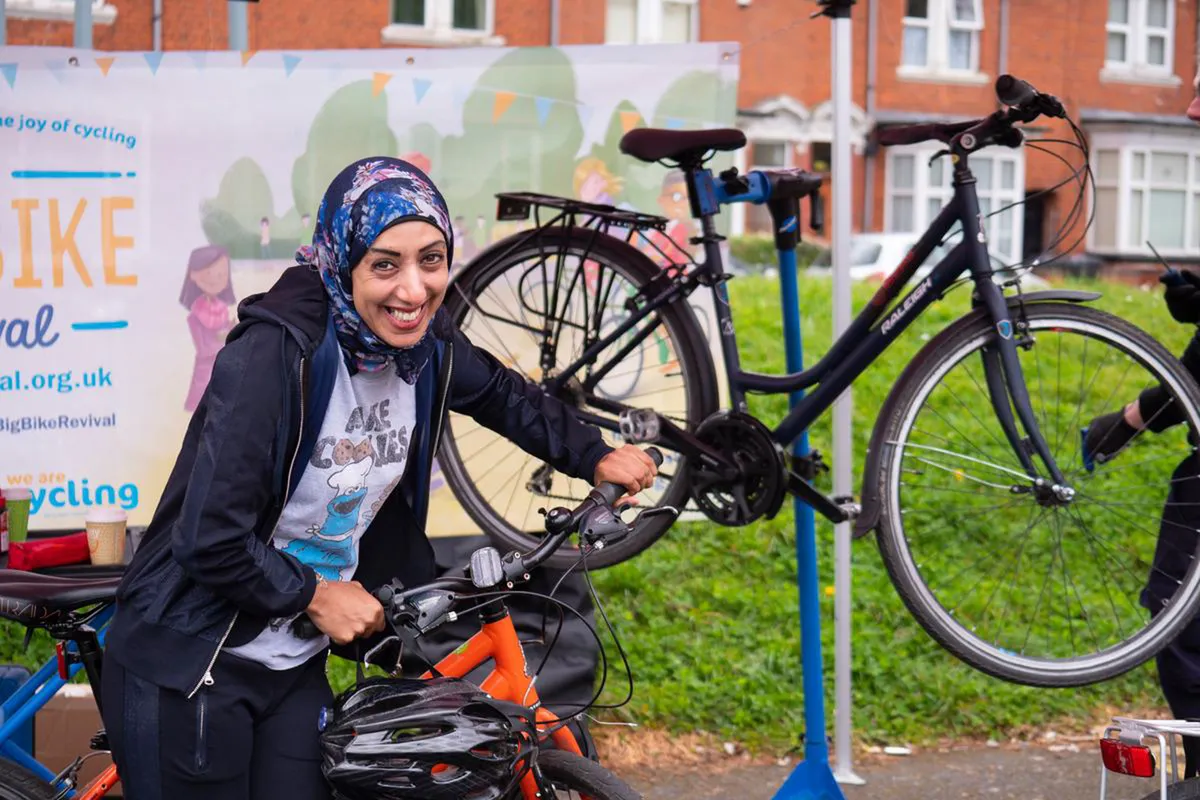
Beyond cycling specifically, Sport England’s Active Lives Survey (2019) yielded some interesting results, indicating that disability, increasing age and lower socio-economic status were all linked to lower activity levels in the British population. 18 per cent fewer people from lower socio-economic groups were categorised as ‘active’ compared to higher socio-economic groups.
Equally striking were the differences between adults of different ethnicities, with figures for ‘active’ population highest for ‘Mixed’, ‘White other’ and ‘White British’ categories at 65 to 68 per cent, dropping to 61 per cent for ‘Chinese’, 58 per cent for ‘Black’ and the lowest at 54 per cent for ‘Asian (excluding Chinese)’.
Diversity in pro cycling
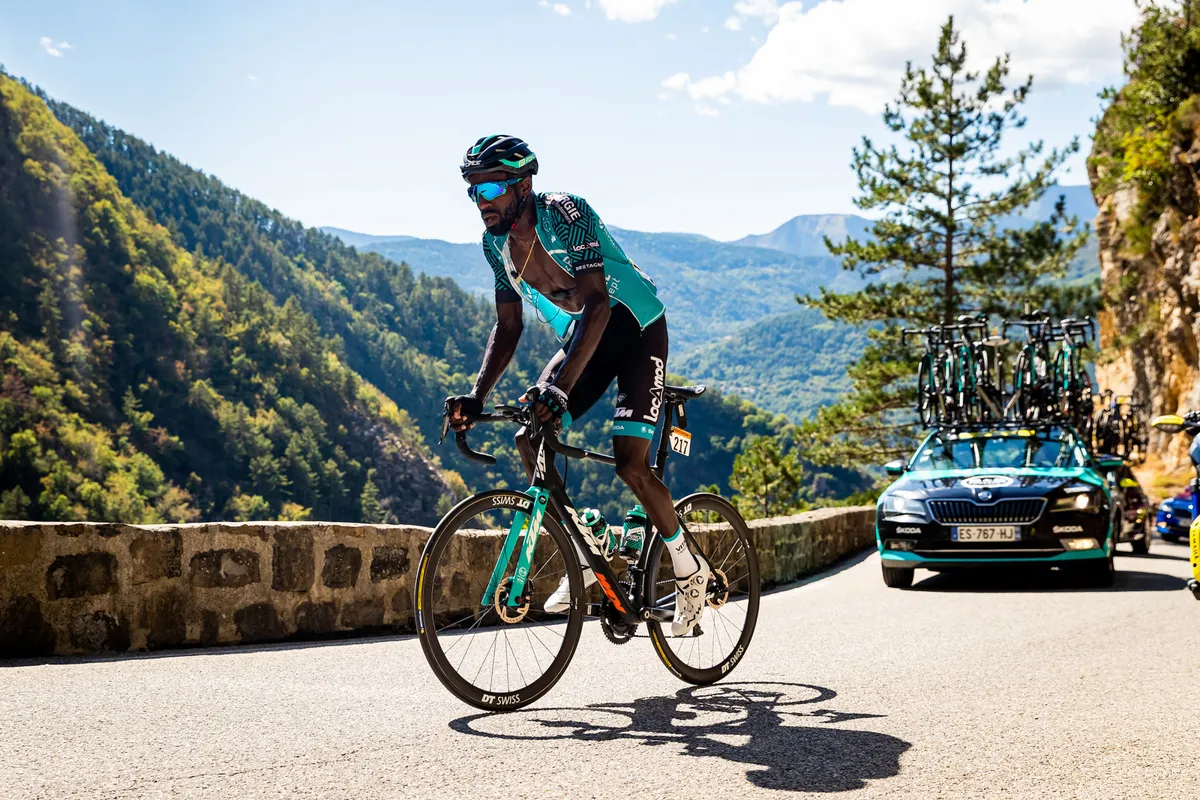
What about diversity in pro cycling? There are just five Black cyclists in the men’s WorldTour, which consists of 543 riders across 19 teams. Simple maths; that’s less than 1 per cent.
Kevin Reza of the B&B Hotels–Vital Concept team was the only Black rider at the 2020 Tour de France. Reza has previously highlighted pro cycling’s silence on the Black Lives Matter movement, against a backdrop of significant action from other professional sports.
The Frenchman briefly rode at the front of the peloton with the wearers of the leaders’ jerseys on Sunday’s final stage into Paris, to highlight the issue, while some riders wore masks with ‘No to racism’ written on them at the start of the stage.
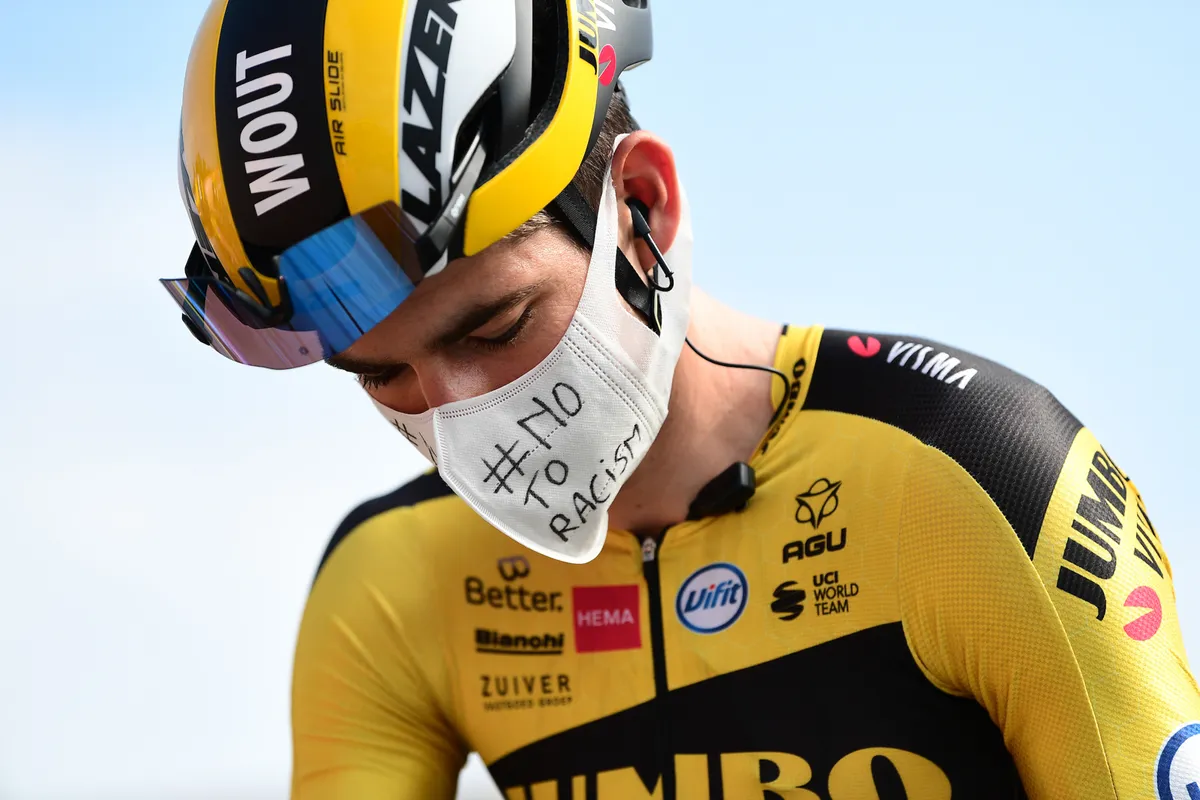
It’s no different at ProContinental level either; just 1.1 per cent – or five non-White riders from a total of 418.
Meanwhile, across the eight teams of the Women’s WorldTour, only four of the 162 riders are non-White, including two Asian riders, a Colombian rider and an American of Filipino descent. At less than 2.5 per cent of the women’s field, it is a white-dominated sport. (Editor's note: Teniel Campbell will step up to Women's WorldTour level with Mitchelton-Scott in 2021).
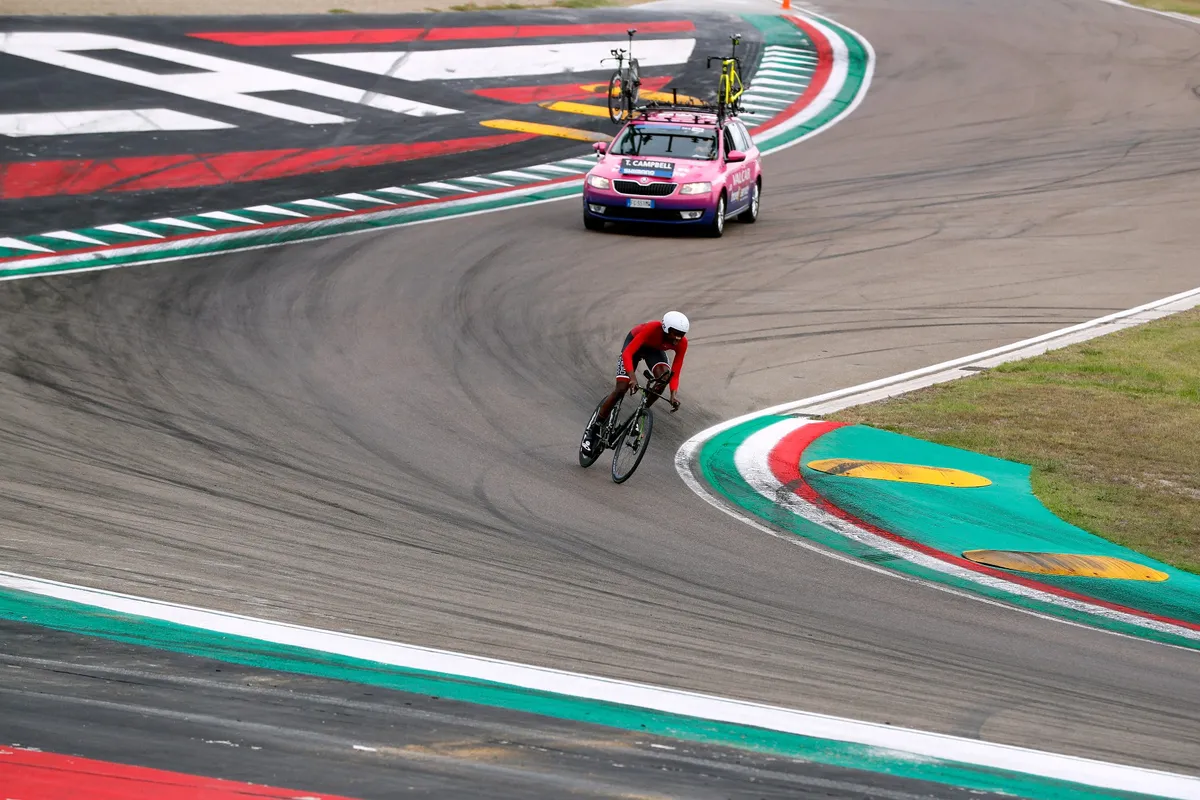
You also won’t find a single non-White board member at USA Cycling, British Cycling, the German Cycling Federation, Belgian Cycling or the Royal Dutch Cycling Union.
There are four non-White members of the UCI management committee, representing the UAE, Egypt, Malaysia, and Morocco, from 18 members, which also includes only two women.
Looking beyond the data
While mountain bike coach and guide Aneela McKenna of Go Where Scotland believes data offers the opportunity to build evidence and bring about change, it's just as important to recognise the experiences of underrepresented communities.
"So often we talk about diversity as these homogeneous groups, and although this is important if we want to build data and evidence to bring about change, we are actually all made of multiple identities which impact on our lived experiences,” says McKenna.
“The one thing we have in common is that we are excluded and unable to access opportunities in the same way as those who are in privileged positions because of systemic barriers and societal attitudes.”
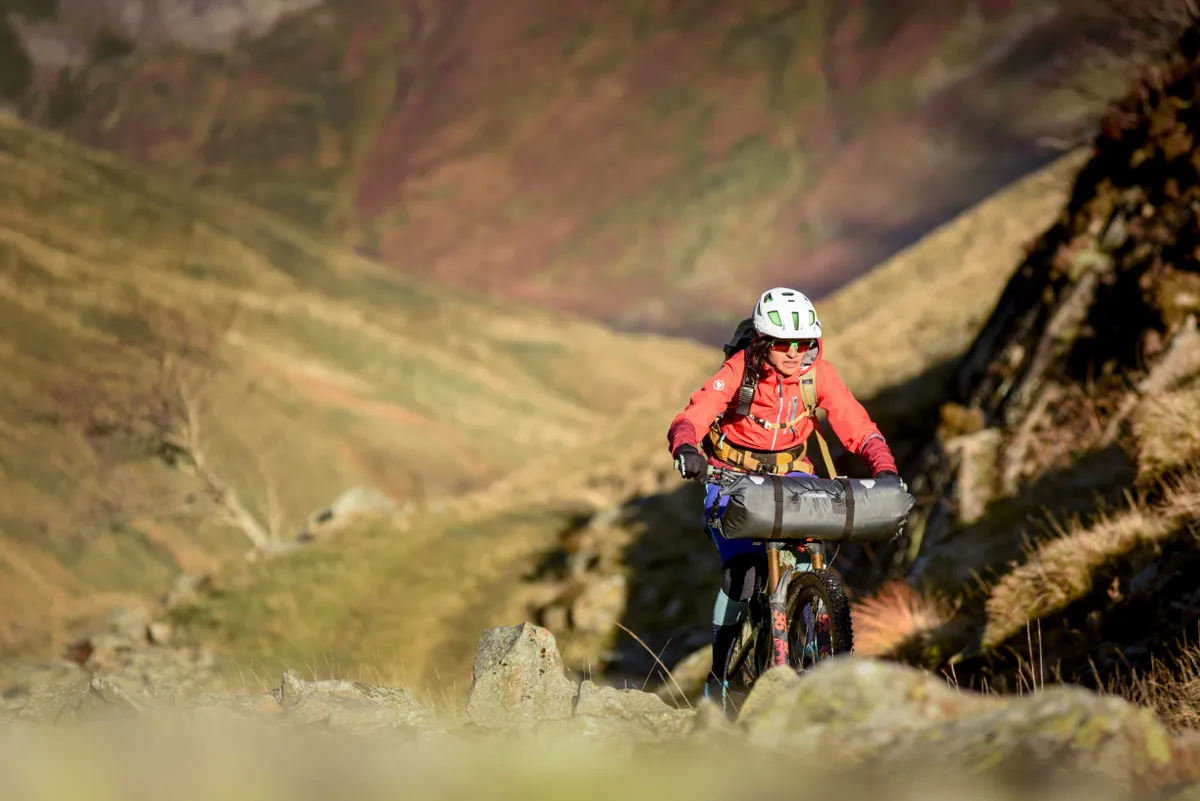
Besides being a mountain bike guide, McKenna is a consultant and works part-time as a diversity, inclusion and wellbeing manager at the Scottish Parliament.
She believes that cycling is “not yet diverse and still has a long way to go towards creating inclusive spaces where people from diverse backgrounds can feel included.”
McKenna, a woman of colour, says equality extends beyond simply treating everyone the same. A history of discrimination and barriers created by systems which reinforce privilege mean that many groups aren’t starting from the same place, she says.
“If we want to be truly diverse, we need to be representative of our communities, and if we want to be inclusive we must create those spaces that welcome diversity,” adds McKenna.
“That means in our cycling community, people who work in the industry and those who make decisions at the executive level.”
Why is diversity in cycling important?
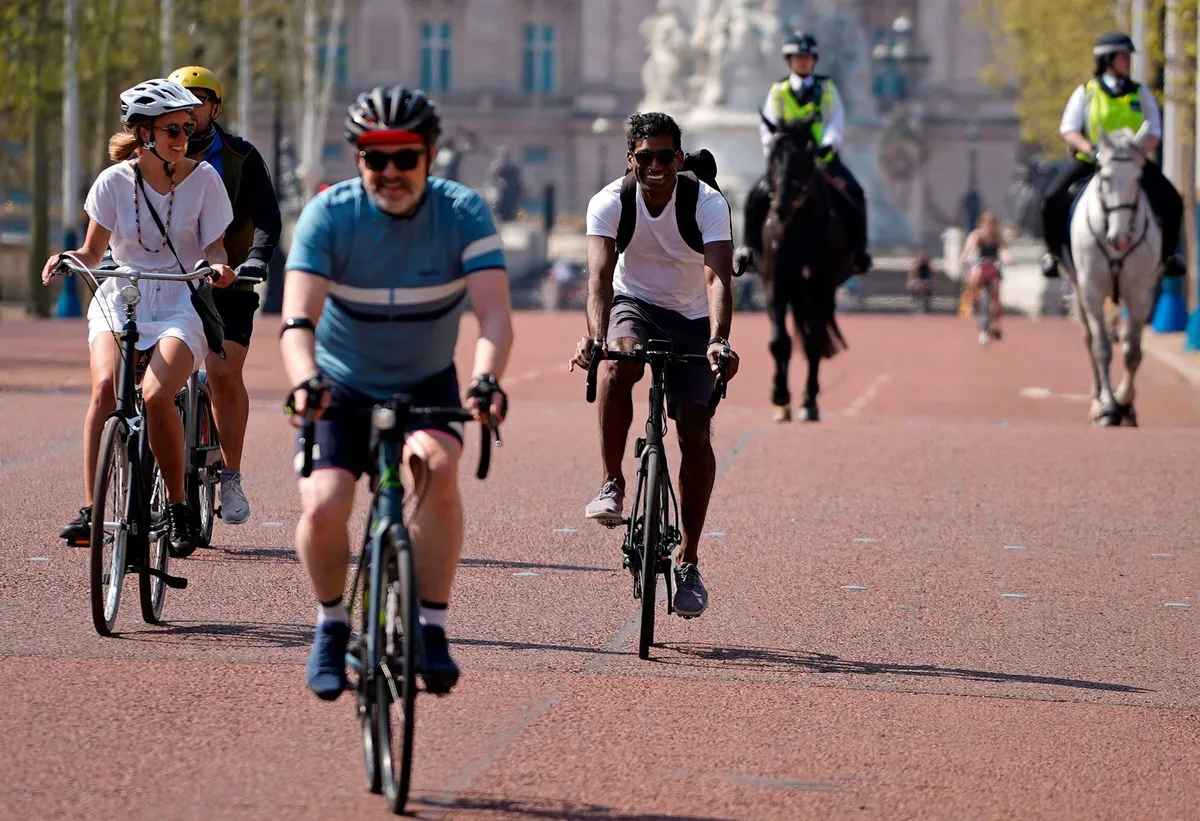
James Scott, Cycling UK's director of behaviour change and development, believes improving diversity and inclusion within cycling has a wide range of benefits, primarily with regards to health.
“Cycling really is a silver bullet in terms of solving issues linked to obesity, cardiovascular disease, and cancers,” says Scott.
“We are in the midst of a global pandemic at the moment, and that’s terrible, but actually we’ve been in the midst of a global pandemic for the last 20 years; it’s called obesity and inactivity. It’s the biggest killer worldwide.”
People in low socio-economic status communities and BAME (Black, Asian and Minority Ethnic) communities are much more likely to suffer from the diseases attributed to inactivity, sedentary lifestyles and obesity, according to Scott.
“A way to stem that issue is getting people active,” he continues, “and one of the easiest ways to get people active is by tying it to form some sort of habit, like cycling to school, cycling to work, or cycling for leisure purposes.”
How can representation help to promote diversity?
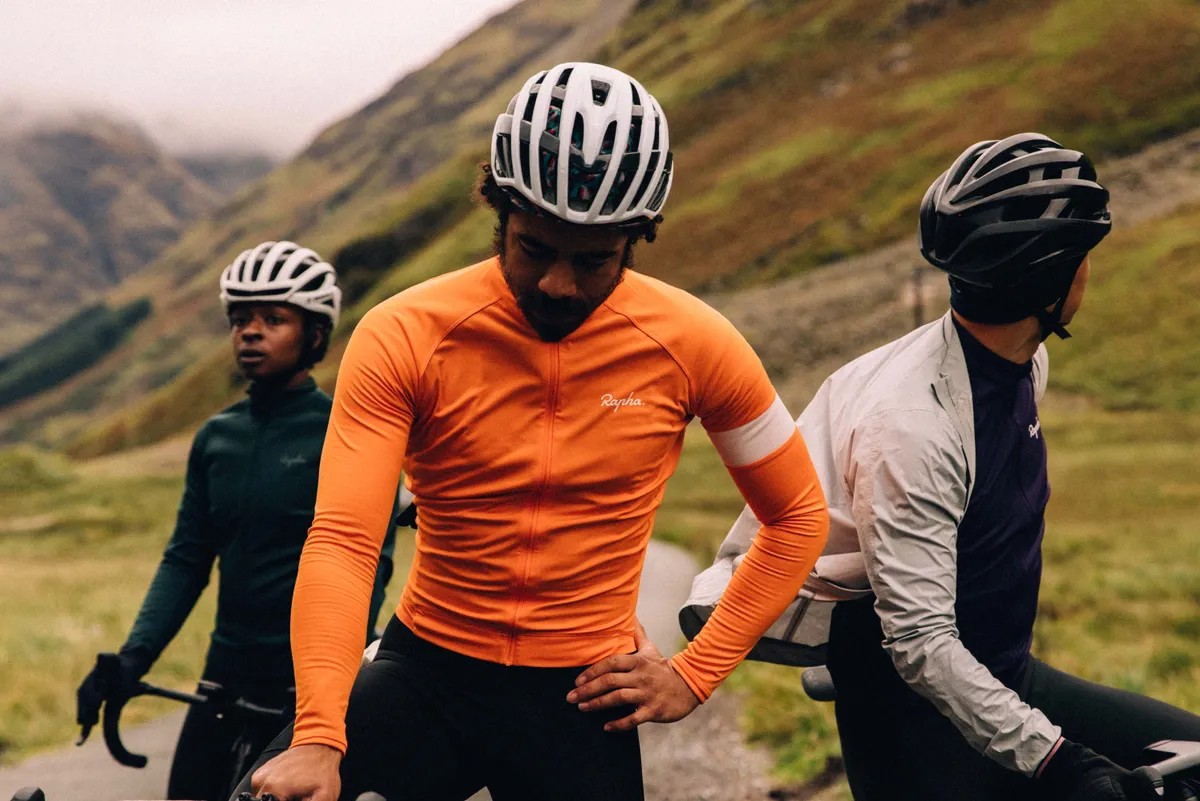
Representation is believed to be key to promoting cycling to a wider audience, whereby previously marginalised groups can actively see ‘themselves’ included in the sport. Similarly, the absence of representation can be just as noticeable.
“I'm not seeing myself represented in the brands that I buy from,” says Zahir Nayani, a British second-generation south-east Asian immigrant, who is an adventure and utility cyclist.
“I don't choose what I buy based on that though, I haven't seen any British Asian male on any cycling website. If I did that, I'd have no kit to wear.”
Cycling UK’s James Scott explains the importance of representation in improving the accessibility of cycling: “There’s something to do with social identity theory, which basically means ‘I’ll do an activity, if someone like me, who looks like me, and has the same ethnicity or genetic make-up, does it,’” Therefore, says Scott: “I’ll associate myself with that behaviour, and that demographic.”
Scott applauds the ‘This Girl Can’ initiative from Sport England, with adverts showing ‘real people’ doing exercise, being really honest about what they looked like and how they felt.
“That campaign was instrumental in helping change the face of activity, particularly with women,” he says.
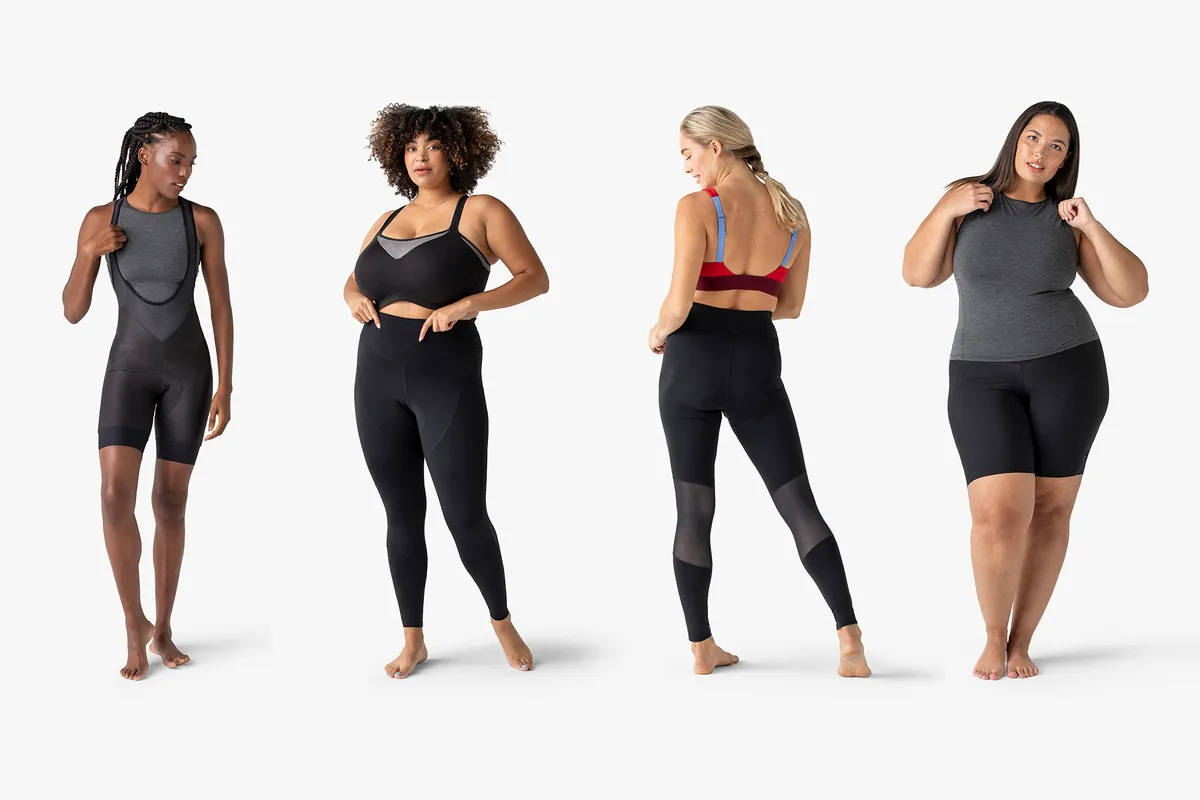
American cycling apparel brand Machines For Freedom has also been celebrated for its diverse model selection, with a range of ethnicities, body shapes (including a plus-size clothing range) and genders represented through the brand’s imagery.
Besides representing diversity, founder Jenn Kriske says it was also crucial the brand gained trust among people who have historically been exploited and marginalised.
“This is an approach that takes time and work,” explains Kriske. “And one of the reasons why representation is only the first of many steps towards real change, not just a marketing play.
“This is the result of six years of listening to the community, building relationships, having vulnerable conversations internally, and being open to some critical and sometimes hard to hear feedback.”
Diversity in our cycling communities
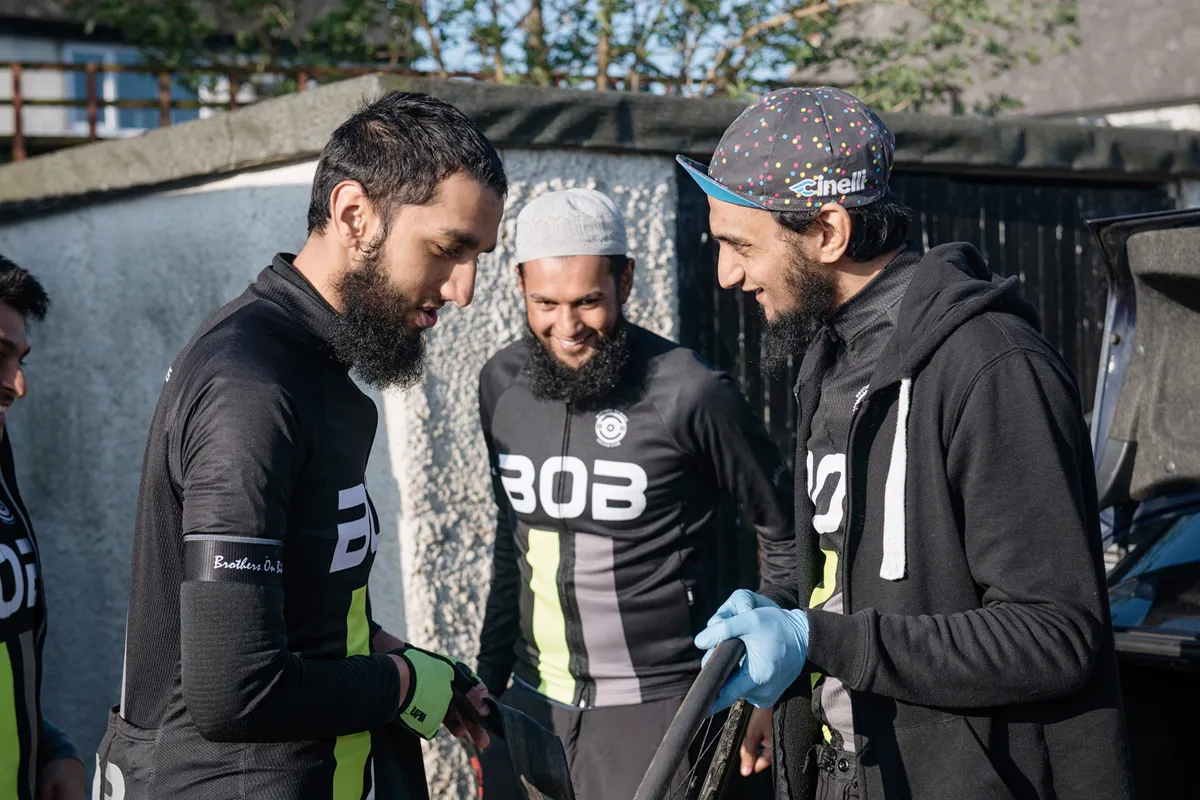
But what’s happening at a grassroots level? There are a number of emerging cycling clubs dedicated to and run by minority groups, including London’s Black Cyclists Network (BCN), the Women of Colour Cycling Group (WCCG), Black Girls Do Bike (BGDB) and Brothers on Bikes CC (BoB).
“Since BLM there has been a noticeable shift in minority representation within brands,” says Farooq Chaudhry, regional coordinator of Brothers on Bikes, a national network that aims to unite riders of all faiths and belief systems.
“Within BoB I think there is an aspect of 'birds of a feather flock together', and whenever anyone pursues something new they feel comfortable exploring that thing within their peer group whether it be race, gender or religion.”
Chaudhry, a British Pakistani Muslim who got hooked on road cycling as part of a charity challenge, would like to see more BAME role models at the top level of the sport to motivate and inspire the next generation.
“I want people to see that everyone has a fair chance to reach elite levels, regardless of background,” he says.
Positive action in progress
While the data surrounding diversity in cycling and the experiences of underrepresented riders shows there is a lot of work to be done, there are also many positive steps being taken globally within the sport.
Specialising as a diversity and inclusion consultant, McKenna has seen real change in the cycling industry over the last decade.
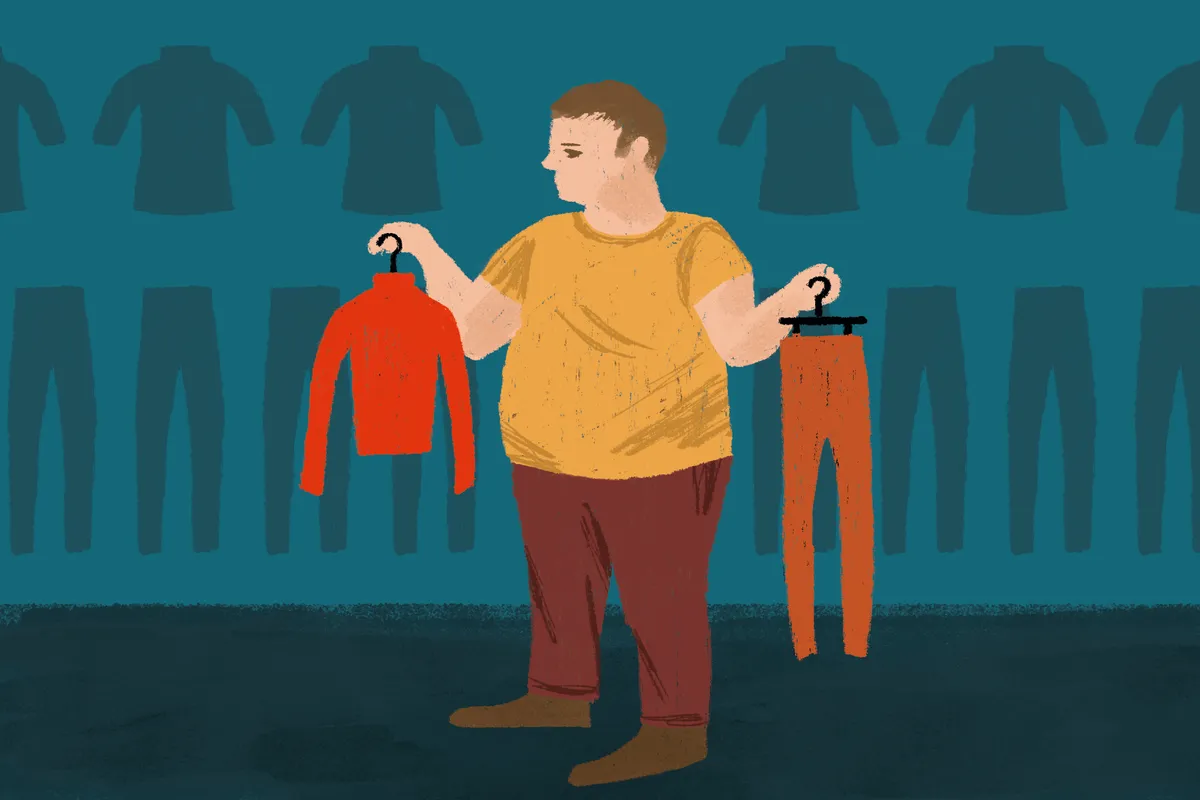
“It’s amazing to see so many women represented across many roles in the industry, and you can see how this is changing the nature of the industry,” she says.
“However, for some females working in the industry, this has been challenging as there is the expectation to fit into what has been a male-dominated environment, and for some this has not been easy when the onus is on them to change, not the culture itself.”
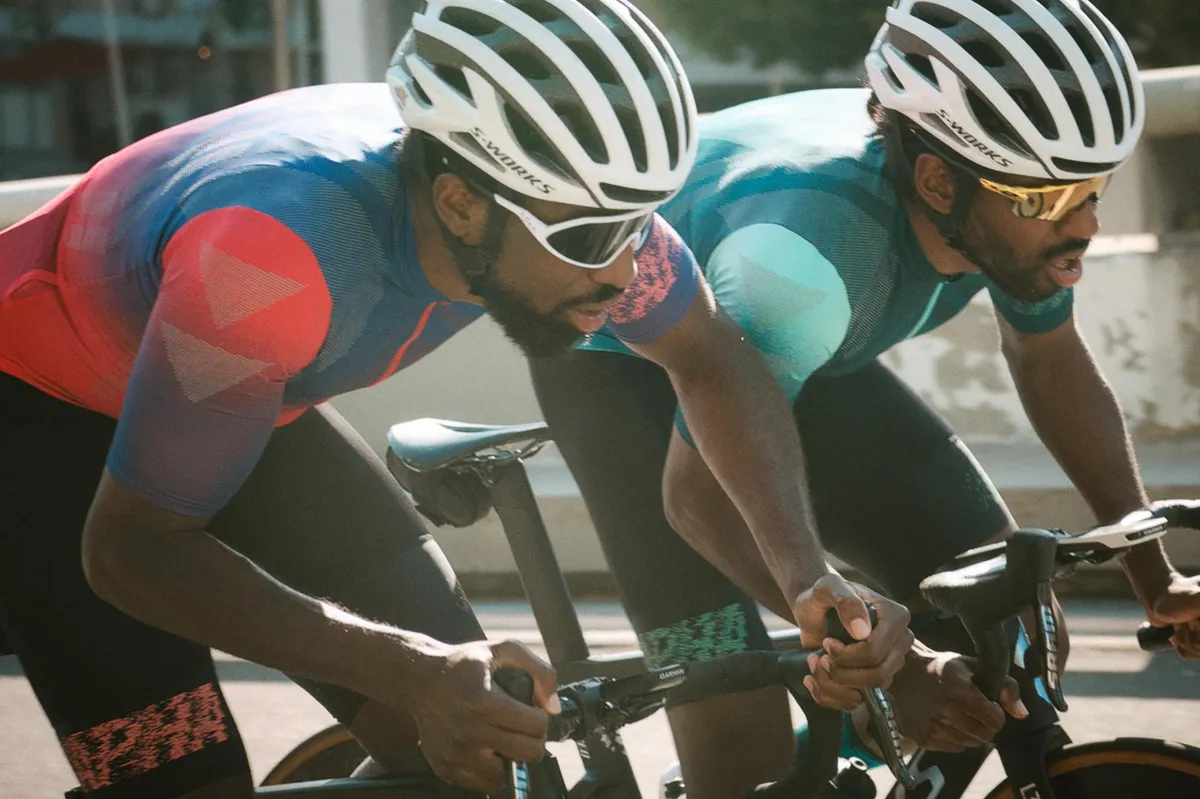
On the plus side, McKenna is convinced that the more diverse cycling becomes, the more this culture will change, and the creativity and innovation benefits that come as a result of different perspectives will become even more apparent.
Here are some of the actions and commitments from organisations helping to make meaningful change in the cycling industry:
- WTF Bikexplorers’ Cycling Industry Pledge, with over 230 businesses small and large signed up to the commitment
- SRAM’s striking 2019 AXS launch, fronted by Black British rider Yewie Adesida
- Islabike’s design philosophy, with bikes specifically for older generations and representation of different age groups and religions in marketing, including a man in Sikh clothing
- Grinduro’s open gender race category and 25 free places for riders from under-represented communities at each event
- Machine For Freedom’s plus size clothing range and representation of LGBTQ+, race and body shape
- Specialized’s pledge of $10M over three years to Outride (formerly The Specialized Foundation) for youth cycling programmes
- SRAM’s $100,000 commitment to diversity programmes and BIPOC athletes, including sponsoring the Philly Bike Expo Diversity Scholarship for women, trans and POC framebuilders
- Rapha’s pledge to support LGBTQ+, BAME and female riders with at least 50 per cent of its sponsorship budget in 2021
- The formation of The Cyclist’s Alliance to represent female professional riders, as an alternative to the CPA (Cyclistes Professionnels Associés)
- Dedicated women’s initiatives, including Hopetech Women and Cotic Women
So, what next?
Clearly, there’s a lot to unravel on multiple levels and a sizeable amount of work to be done in cycling; at a professional level, in clubs, by brand marketeers and in the media to name just a few.
However, there is a growing network of communities that cater specifically to different individuals, including Fat Lad At The Back for plus-size cycling clothing, the Black Cyclists Network in London, a great number of women’s cycling groups and clubs worldwide, the WTF Bikexplorers championing women, trans and non-binary riders, Gay’s Okay clothing and so on.
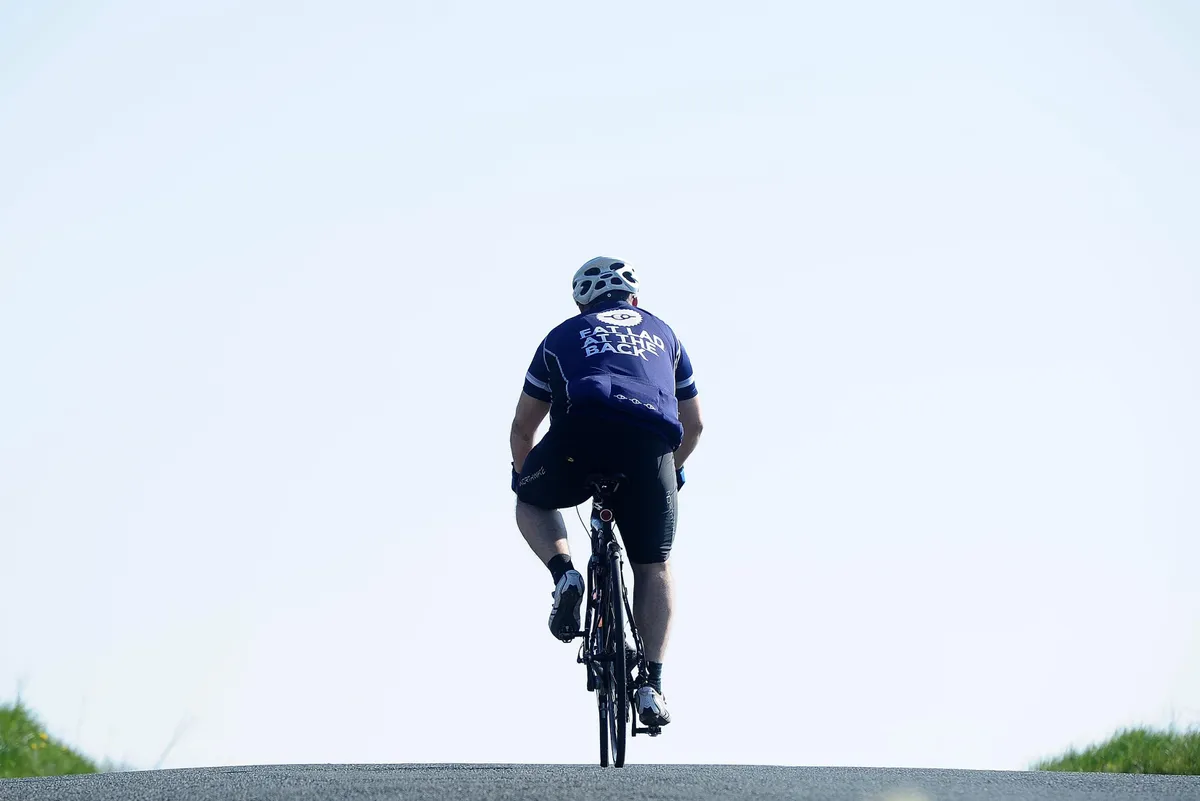
Recent events have cast a new lens over what cycling is doing to address diversity, according to McKenna.
“The Black Lives Matter movement has raised many questions about what the industry is doing,” she says. “There has been a flurry of diversity policies and commitments made by brands and companies,” she says. “Long may this continue, but what has changed?”
It’s evident that many cycling brands have started to take diversity and inclusion more seriously. Working alongside charities, campaigns, governing bodies and clubs to encourage a greater uptake of cycling for all, we will have to wait for future statistics to show how these positive steps translate into a more diverse and inclusive cycling community. The potential benefits are undeniable; besides the social impacts, our health depends on it.
Sources and further reading
- British Cycling Diversity in Cycling Report 2019
- Camber Outdoors Workplace Report 2017: State of Gender Equity in the Active-Outdoor Industries
- Sport England Active Lives Survey 2018/19
- Department for Transport (2018) UK Walking and Cycling Statistics
- Sustrans & ARUP’s Cycling for Everyone: A Guide for Inclusive Cycling in Cities and Towns
